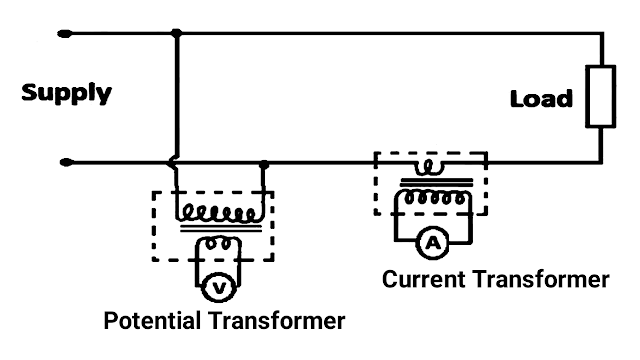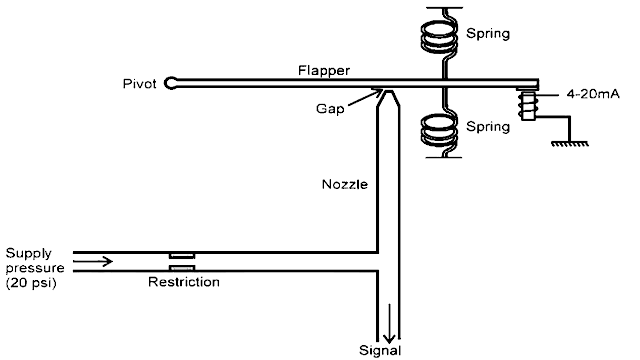What are anti-reflection coatings? Basically an anti-reflection coating, also known as an antiglare coating, is used to reduce reflections on the surface of lenses and other optical components. When reflection is reduced it improves better imaging because reflection reduces light. Therefore, instruments such as binoculars, cameras, microscopes and binoculars can use anti-reflective coatings. This is because reducing light reflection by eliminating stray light improves image contrast. An antiglare coating can also be used to eliminate reflections. For example, in the lenses of glasses, technicians can use an anti-reflective coating to ensure that the person wearing the glasses can be seen by others. Additionally, an antiglare coating can reduce the glare from the light or binoculars of a secret viewer's telescope.

